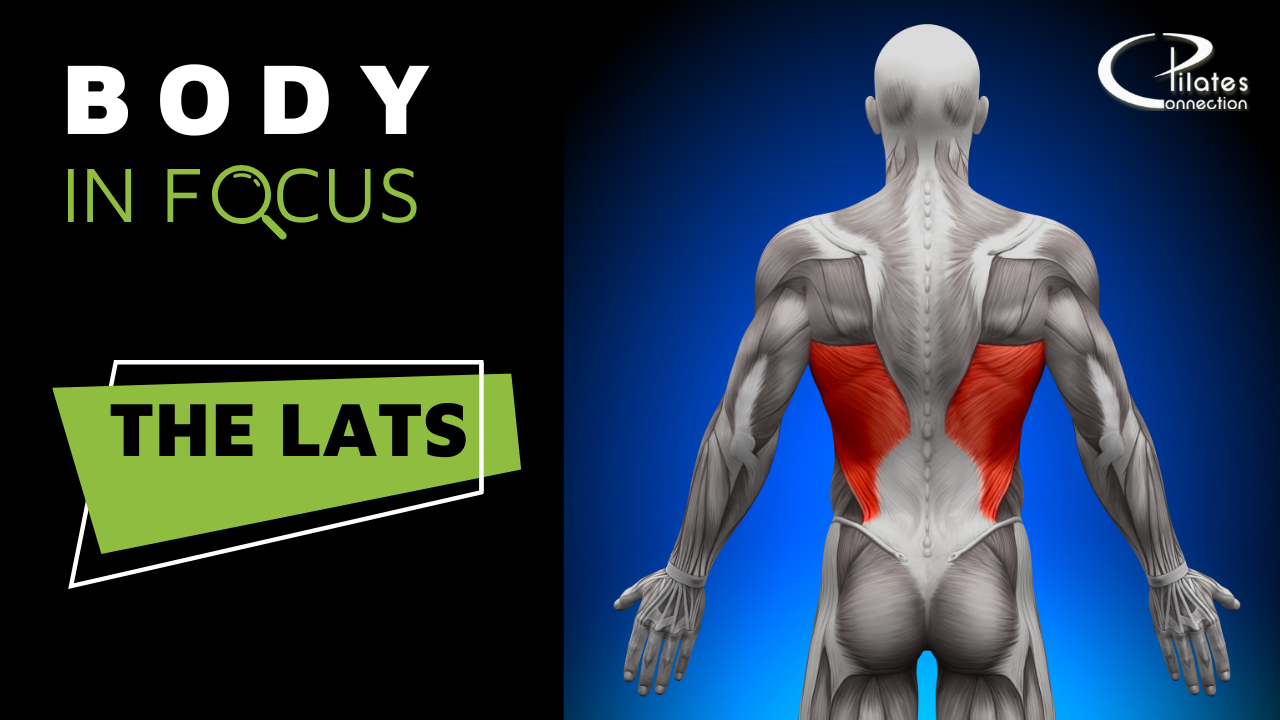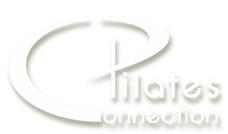
Pain in the Lats?
The latissimus dorsi is one of the largest muscles in your back, connected to many parts of your body, such as your spine, ribs, and pelvis. It’s sometimes referred to as your lats and is known for its large, flat “V” shape. It spans the width of your back and helps protect and stabilize your spine while providing shoulder and back strength. Your lats also help with shoulder and arm movement and support good posture. Strengthening and stretching your lats is essential in building upper-body strength, improving range of motion, and preventing injury.
What are the pain symptoms?
When latissimus dorsi injuries happen, they may be accompanied by shoulder trauma. It’s rare for a latissimus dorsi injury to happen alone, without another injury also happening. It may be difficult to tell whether the pain is located in the latissimus dorsi or other muscles in the shoulders or back.
When the lats are injured, a person may feel pain in several places, including:
- the lower, middle, and upper back
- the back of the shoulders
- the base of the scapula, commonly known as the shoulder blade
- the inside of the arms, extending down to the fingers
- the lower arms
In some cases, the pain will occur without warning, and it can be felt in surrounding muscles. This pain often worsens when the person extends their hands to the front, raises their hands above their head, or throws an object.
Damage to the latissimus dorsi can cause other symptoms. They may include:
- tingling in the lower arms
- difficulty breathing
- tendonitis in the middle and lower back
Consult a doctor when the source of back pain cannot be identified, or if it is accompanied by:
- fever
- trouble breathing
- abdominal pain
These could be symptoms of a more severe condition.
What causes Latissimus dorsi pain?
The latissimus dorsi muscle is used the most during exercises that involve pulling and throwing.
Pain is usually caused by overuse, using poor technique, or not warming up before exercising.
Those who participate in the following activities may be at greater risk for latissimus dorsi pain or injury:
- tennis
- rowing
- swimming
- golf
- skiing
- weight lifting
- gymnastics
- chin-ups and pull-ups
- reaching forward or overhead repeatedly
You might also feel pain in your latissimus dorsi if you have poor posture or tend to slouch.
Treatment and Prevention
Treating latissimus dorsi pain usually involves rest and physical therapy. During the resting phase, you may be directed to ice the affected area and avoid any exercises or movements that aggravate the pain.
Physical therapy would involve a range of exercises that help strengthen and stretch targeted muscles in and around the area. The video below demonstrates a few stretches to help loosen tight muscles of and around the latissimus dorsi.
Other lifestyle changes that may help prevent latissimus dorsi pain could include:
- maintain good posture and avoid slouching.
- using proper form during sports and exercise
- avoiding overuse of the muscle
- applying a heating pad to the area before exercising
- warming up and stretching before exercise and cooling down + stretching after your workout
- drinking plenty of water throughout the day, especially before and after exercising
- getting occasional massages to help loosen tight areas in your back and shoulders

No Comments